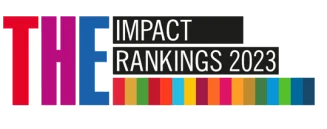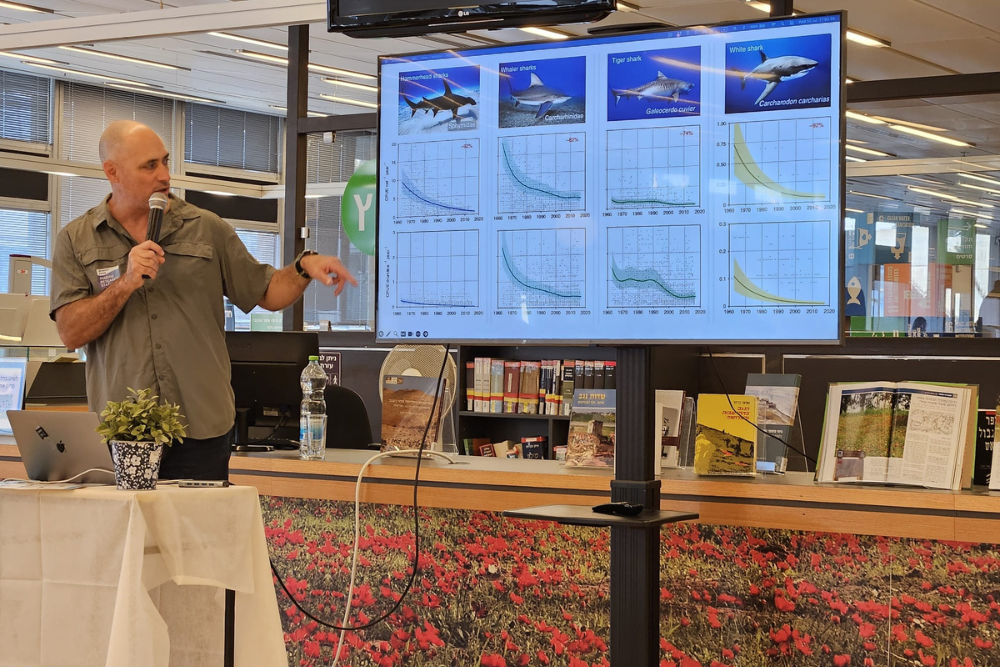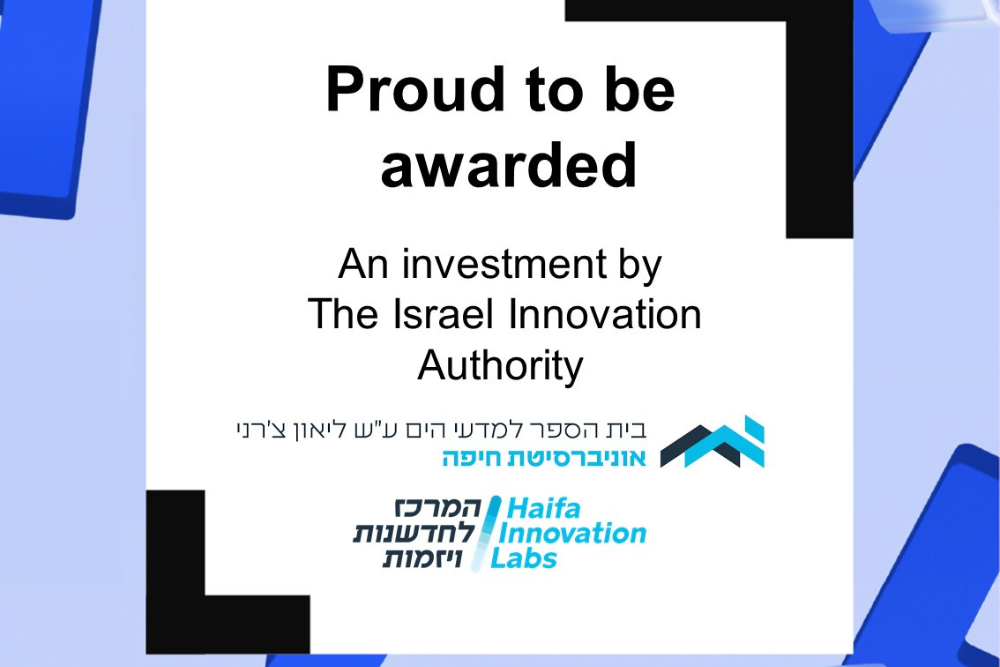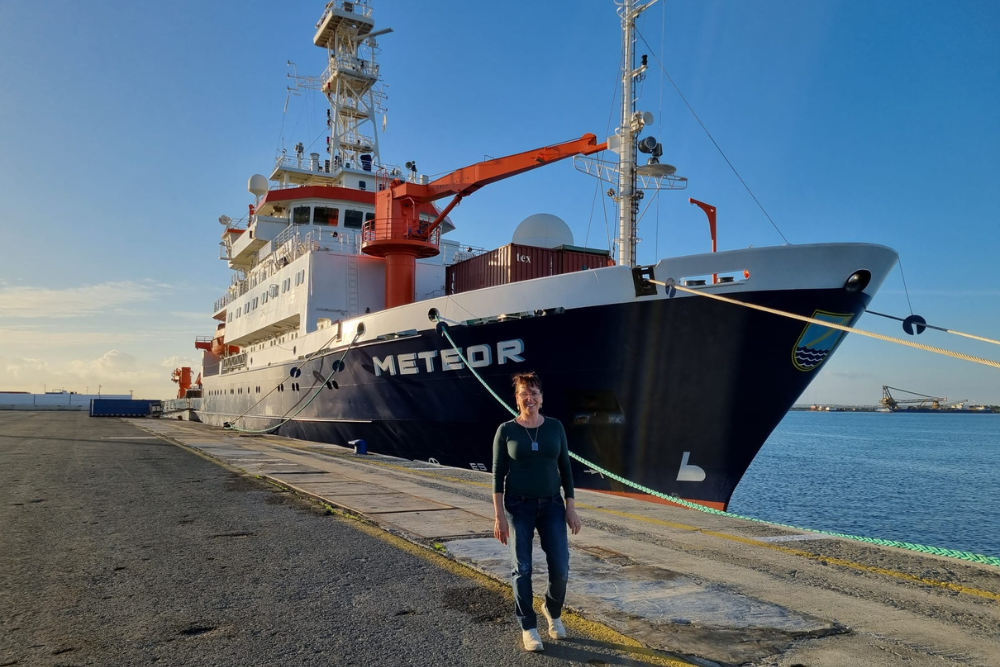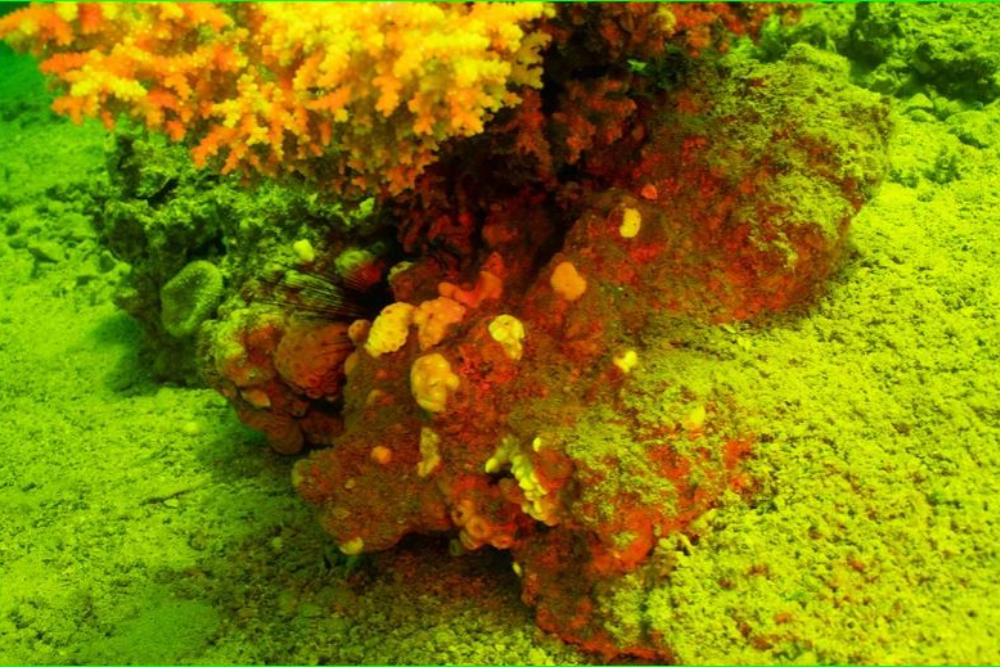Identifying organic-rich intervals sourcing the pliocene-quaternary yafo petroleum system biogenic gas in the Levant Basin
By: Meilijson A., Makovsky Y., Lazar M., Waldmann N.D.
Published in: 2nd EAGE Eastern Mediterranean Workshop
SDGs : SDG 14 | Units: | Time: 2019 | Link
Description: Analysis of high-resolution seismic reflection data reveals fluid-flow elements within the buried intra- to post-Messini (more…)



